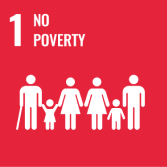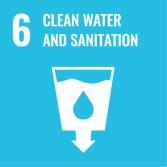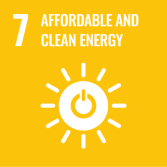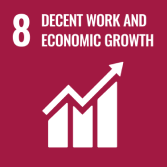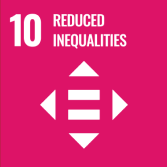Background and Objectives:
Streptococcus mutans (
S. mutans) is the main microorganism associated with the presence of dental caries and specific serotypes of this bacteria have been related to several systemic diseases limiting general health. In orthodontics, white spot lesions (WSL), represent a great challenge for clinicians due to the great fluctuation of their prevalence and incidence during conventional orthodontic treatments. Although silver nanoparticles (AgNP) have been demonstrated to have great antimicrobial properties in several microorganisms, including
S. mutans bacteria, there is no available information about anti adherence and antimicrobial properties of AgNP exposed to two of the most relevant serotypes of
S. mutans adhered on orthodontic materials used for conventional therapeutics. The objective of this study was to determine anti-adherence and antimicrobial levels of AgNP against serotypes
c and
k of
S. mutans on conventional orthodontic appliances.
Materials and Methods: An AgNP solution was prepared and characterized using dispersion light scattering (DLS) and transmission electron microscopy (TEM). Antimicrobial and anti-adherence activities of AgNP were determined using minimal inhibitory concentrations (MIC) and bacterial adherence testing against serotypes
c and
k of
S. mutans clinically isolated and confirmed by PCR assay.
Results: The prepared AgNP had spherical shapes with a good size distribution (29.3 ± 0.7 nm) with negative and well-defined electrical charges (−36.5 ± 5.7 mV). AgNP had good bacterial growth (55.7 ± 19.3 µg/mL for serotype
c, and 111.4 ± 38.6 µg/mL for serotype
k) and adherence inhibitions for all bacterial strains and orthodontic wires (
p < 0.05). The serotype
k showed statistically the highest microbial adherence (
p < 0.05). The SS wires promoted more bacterial adhesion (149.0 ± 253.6 UFC/mL × 10
4) than CuNiTi (3.3 ± 6.0 UFC/mL × 10
4) and NiTi (101.1 ± 108.5 UFC/mL × 10
4) arches. SEM analysis suggests CuNiTi wires demonstrated better topographical conditions for bacterial adherence while AFM evaluation determined cell wall irregularities in bacterial cells exposed to AgNP.
Conclusions: This study suggests the widespread use of AgNP as a potential anti-adherent and antimicrobial agent for the prevention of WSL during conventional orthodontic therapies and, collaterally, other systemic diseases.
Full article
